RedMagic, the gaming brand from ZTE (and Nubia) has just unveiled an "Air" version of the RedMagic 10 Pro. On the agenda: a powerful platform, a bold design, an optimized interface, and a screen made for gaming. All for an extremely attractive price. Is this smartphone the right choice for gamers this early in the year? Find out in this review.
There aren't that many smartphone brands dedicated to gaming anymore. There's Asus, even if the latest iterations of the ROG Phone have lost some of the attributes that made them unique. There was BlackShark from Xiaomi. But the brand is now focusing on the Poco. There was the Legion range from Lenovo / Motorola, whose second iteration of the Duel particularly impressed us. And there is RedMagic, from ZTE / Nubia.
Read also – Apple iPhone 16e review: at this price, we would like it to do a little more
Without being as radical as that of the old ROG Phones, RedMagic's strategy in the gaming smartphone segment is rather straightforward: its smartphones are aimed primarily at gamers. For the rest, it is not a priority, even if there is no question of rushing the experience. We noticed this with the RedMagic 9 Pro, tested at the end of 2023. This phone has since been replaced by the RedMagic 10 Pro.
While the Pro family represents the best of RedMagic, it is not the only one in the catalog. On April 23, the brand presented a new model: the RedMagic 10 Air. It retains the essentials of its predecessor while being radically cheaper. What are the concessions? What are the consequences for the experience? Is the price-performance ratio good? Here are some questions we will answer in this comprehensive review.
Price and availability date
The recommended retail price of the RedMagic 10 Air starts at €499 for its lightest version. The phone comes in two versions, with the following configurations and prices:
- 12 GB of RAM and 256 GB of storage: 499 euros
- 16 GB of RAM and 512 GB of storage: 649 euros
The RedMagic 10 Air is therefore a rather affordable phone. At this price, it competes with the OnePlus Nord 4, the Poco F7 Pro from Xiaomi, the Galaxy A56 from Samsung, the brand new Edge 60 from Motorola, the Reno 13 from Oppo and the Realme 14 Pro+.
The RedMagic 10 air was made official on April 23, 2025, the date it went on sale on the brand's official website. The phone is available in three colors: black, white (which you can discover in this test) and orange. In the box, you'll find several accessories with the phone: a protective case with an anti-fingerprint material on the back, a USB-C cable, and even a charger (which is becoming very rare these days). A screen protector is pre-installed on each model.
Design and interface
Let's start this review with the phone's ergonomics. Compared to the ROG Phone 9, the RedMagic 10 Air doesn't really try to hide its "gamer" positioning, especially the very radical orange version. Straight edges. Sharp bezels. A perfectly rectangular display. And the clearly visible touch buttons on the right edge leave no doubt. Still on the edges, you'll find the usual elements, plus a customizable, circular, red button. By default, it's used to activate the gaming interface. But it's customizable. It's a good idea.
On the back, the RedMagic 10 Air is a cross between the S25+ and the S25 Ultra. You'll find three protruding circular elements, independent and aligned vertically. The first two from the bottom are photo lenses, while the third integrates a circle of multicolored LEDs. The latter has two uses: to act as a flash for photos and to illuminate the back of the phone. Several scenarios and animations are available.
The phone's frame is made of aluminum to dissipate the heat from the platform. The faces are made of mineral glass: Panda Glass 2 on the back and Gorilla Glass 5 on the front. On the front, the screen is very wide, with very thin borders. The selfie sensor is not housed in a centered punch, but is positioned under the screen. This isn't very common. The fingerprint reader, also under the screen, is rather well positioned, but it isn't always very responsive.
The RedMagic 10 Air measures 7.9 mm thick, a thickness that can be explained by the battery capacity and the integration of heat dissipation elements: a large vapor chamber combined with liquid metal. It weighs 205 grams, which is not very light. The smartphone does not have a fan, unlike the RedMagic 10 Pro. But, since it is completely closed, the phone obtains its IP54 certification against dust and water splashes.
On the software side, the RedMagic 10 Air is equipped with Android 15 out of the box. The operating system is dressed here in version 10 of the RedMagic OS interface. A fairly classic interface with two home screens, a joint panel for notifications and quick settings, an application drawer activated by default and a "discover" screen a little different (and less qualitative) from what you usually find. Commercial applications are quite few: Tiktok, Facebook, MoboReader, MoboReels, Booking and WPS Office.
The interest of RedMagic OS is the gaming interface called "Game Space". This is not activated by the icon of an application, but by the eponymous virtual button of the quick settings or by the red physical button. This space allows you to configure your smartphone's behavior with installed games, whether it's pure performance, notifications, or display. Numerous plugins allow you to optimize certain games. Game Space also includes a "virtual assistant" called Mora, which you can permanently install on your home screen. It's very geeky. Added to this is the "in-game" menu which offers on-the-fly adjustments, including the activation of the touch buttons on the edge.
Overall, the interface is easy to use (except for Game Space, which can seem vast and confusing at first glance), especially if you've already owned an Android smartphone. AI is obviously present here too, much of which is handled by Gemini. Note that RedMagic promises three years of Android updates for this phone (and not just the interface, as was the case for other models), and probably the same duration of security patches. This is still not much, even if the phone is not as expensive as the competition.
Performance, battery and screen
After studying the ergonomic aspect of the phone, let's move on to the technical aspect. The screen of the RedMagic 10 Air is optimized for displaying multimedia content. At 6.8 inches, it is very slightly smaller than that of the RedMagic 10 Pro, but it is still large enough to ensure good visual comfort. It also has all the necessary features: Full HD+ definition (for a resolution of 400 pixels per inch) and AMOLED backlighting (with infinite contrast ratios).
The maximum refresh rate is 120 Hz, which is more than enough, even for gaming. On the other hand, the panel is not LTPO compatible. There is an automatic mode that allows you to vary this rate, but there are only three levels: 60 Hz, 90 Hz and 120 Hz. In addition, even if the interface is fixed, it is very often stuck at 120 Hz. It therefore consumes a lot of energy for nothing. And we will see that this has an immediate impact on battery life.
Color-wise, the panel is decent, even if the Delta E in normal color mode (the most faithful to the sRGB sample) reaches 3.5. The average temperature is slightly above 6000°, so white is a little yellow. Fortunately, to fine-tune the settings of this screen, you have a color wheel that can counteract these slightly too warm colors. The brightness, meanwhile, is good: in manual mode, it reaches 551 nits. And in automatic mode, the brand announces a brightness that goes up to 1600 nits at peak.
Let's go under the hood and talk about performance. Before discussing the figures, let's remember that the RedMagic 10 Air is equipped with a Snapdragon 8 Gen 3, the SoC of high-end phones from 2024. Granted, it's a year old. But it's more than enough for all current uses, even gaming. Depending on the version, it comes with 12 or 16 GB of RAM, not to mention virtual RAM enabled by default (but which you can disable). Our test version is the least well-equipped. So expect better numbers if you opt for the version with 16 GB of RAM.
The performance of this platform is very good, even if it is below that of the Snapdragon 8 Elite. The RedMagic 10 Air slightly outperforms the OnePlus 10R and can sometimes compete with some Snapdragon 8 Elite phones, such as the Galaxy S25 whose SoC is slightly throttled to prevent overheating. Performance is good and generally remains so over time. We noted performance stability of between 70% and 90%, which is quite high for a Snapdragon 8 Gen 3 smartphone.
But this stability comes at the expense of temperature control. Indeed, the smartphone heats up very strongly during our benchmarks. We recorded peaks of up to 60°C on the back and 55°C on the edges with our thermal camera. That's really a lot. Of course, these test conditions are extreme: in everyday use, the smartphone heats up very little, even when activating all the graphics options in games like Honkai Star Rail. This is rather reassuring. Be careful, however, with applications that are not optimized, especially emulators (Dolphin, AethersX2, etc.). We regret the absence of the fan in the Pro range. So, all that's left is to get a small additional fan.
With such a platform, a good battery was needed. The RedMagic 10 Air's has a capacity of 6000 mAh, which partly explains why the phone is a little thick. This capacity is not higher than that of the main competitors, whether it's the OnePlus 13R or the Poco F7 Pro. But it's not lower either. It's better than the ROG Phone 9's battery. But it's less than the RedMagic 10 Pro's battery, which exceeds 7000 mAh.
The battery life offered by this battery is decent, but nothing more. PCMark records a battery life of almost 12 hours in standard use in dynamic mode (the default mode) with a constant temperature around 32°C. This is less than the direct competition. It's less than the Pro models. It's even less than a ROG Phone 9 Pro, even though the battery is less generous. It's a shame. Gamers can enjoy a battery life of between 3 and 5 hours, depending on the game.
And fast charging only partially makes up for this small flaw. Indeed, even if the smartphone accepts a maximum power of 80 watts, the charging time is quite long. With the charger provided in the box, we managed to charge the battery from 0 to 100% in just under an hour. Here are our interim data:
- 10 min: 24%
- 20 min: 44%
- 30 min: 61%
- 50 min: 92%
Note that there is a "turbo charging" option in the options that allows you to speed up charging, at the expense of temperature. This option saves about fifteen minutes on the charging cycle. In addition, the RedMagic 10 Air offers some interesting options for battery management: charging limited to 80% and charge bypass (with the possibility of combining limit and bypass).
Photo, video and audio
Last part of this test: multimedia. In the photo, the RedMagic 10 Air is equipped with two sensors on the back and a selfie sensor hidden under the screen. These three modules are from Omnivision. This configuration is simply identical to that of the RedMagic 10 Pro with one difference: the 10 Pro integrates a third sensor on the back dedicated to macros. We'll skip it here. Here are all the details:
- Main: 50 MP sensor, f/1.9 aperture lens, phase detection autofocus, optical stabilizer
- Panorama: 50 MP sensor, f/2.2 aperture lens, contrast metering autofocus
- Selfie: 15 6MP sensor, f/2.0 aperture lens
Armed with these two 50-megapixel sensors, the RedMagic 10 Air takes very decent photos, but they are not without a few flaws. The main flaw is over-saturation. The colors are vivid… much too vivid. This is the case with the main sensor, but especially with the ultra-wide-angle sensor. A flaw that directly impacts the sharpness of the photo.
Focus is good, but the algorithm doesn't always choose the right subject to take it. As a result, some scenes are blurred in the foreground and sharp in the background. In addition, the distortions of the ultra-wide-angle lens are not handled well. And we notice some unsightly reflections caused at night by streetlights.
On the other hand, we also see some strong points. The autofocus is fast on the main sensor. Subjects are well frozen. Backlighting is good. The dynamic range is very wide, allowing for the unveiling of many details in the shadows. While the 10x digital zoom isn't good, even during the day, the 2x lossless zoom is very decent. It even manages to be more measured on colorimetry than without zoom.
At night, the main sensor takes advantage of color saturation to enhance scene brightness. The automatic mode benefits from an automatic night mode that slightly improves the level of detail. Portraits are quite good with the main sensor, with good texture preservation and precise clipping. Be careful with the beautification tools enabled by default. The colorimetry of the selfie sensor is, like that of the ultra-wide-angle, too saturated. And the aperture is quite low, making night selfies quite dark. Finally, the macros are excellent during the day.
In video, the results are also good, without being surprising. The main sensor goes up to 8K at 30 frames per second and to 60 frames per second in 4K. As in photos, videos are often very saturated, especially with the ultra-wide-angle sensor. And like in photography, the zooms are not good beyond 2x. Also note that it is impossible to switch between the main sensor and the ultra-wide angle in the same video. On the other hand, the RedMagic 10 Air offers digital zoom with the ultra-wide angle… up to 10x as well.
On the audio side, the RedMagic Air 10 offers a very decent experience, despite a rather classic asymmetrical stereo configuration. The power offered by the two speakers is very good: there is no need to exceed 50% to hear well. In addition, even if the midrange is largely emphasized in this configuration, the other frequencies remain audible. Of course, a configuration with two balanced speakers, or even balanced AND front-facing, would have been even better. But the RedMagic 10 Air is already in the good average.
Added to this is the very appreciable DTS-X compatibility. This codec is compatible with the speakers and is accompanied by a complete equalizer with several profiles depending on the content. Thanks to the Snapdragon 8 Gen 3, the RedMagic 10 Air is also Snapdragon Sound compatible and benefits from Qualcomm's audio codecs: apt-X HD, apt-X Adaptive, and apt-X Lossless. Surprisingly, despite its gaming positioning, there is no microphone on the right edge for multiplayer conversations. Gaming-oriented phones often have them. So, should we buy it? The RedMagic 10 Air is, compared to its competitors, the gaming phone that offers the best power/price ratio. This is a real little portable console that brings you high and stable performance for a really controlled budget. It also offers a good experience for watching movies and videos, as well as for everyday use. Amateur photographers won't find it the best companion for their escapades, but gamers would be right to be seduced if they don't have the budget for a Pro model.

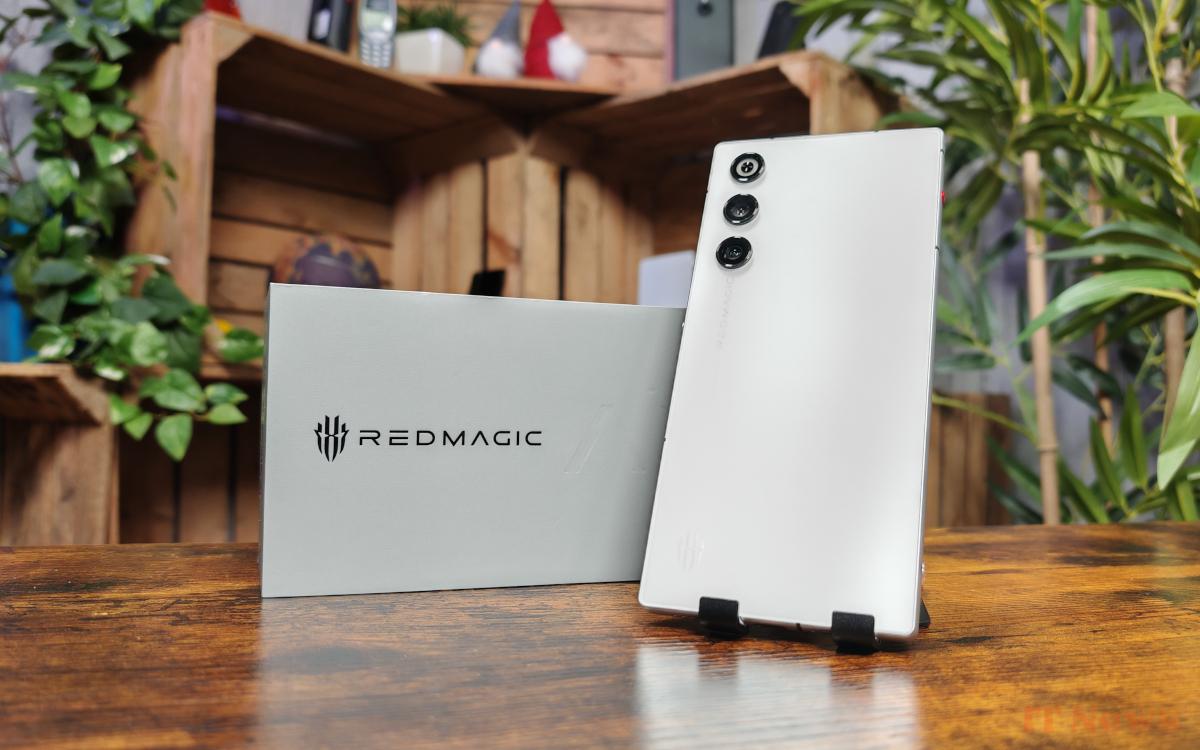


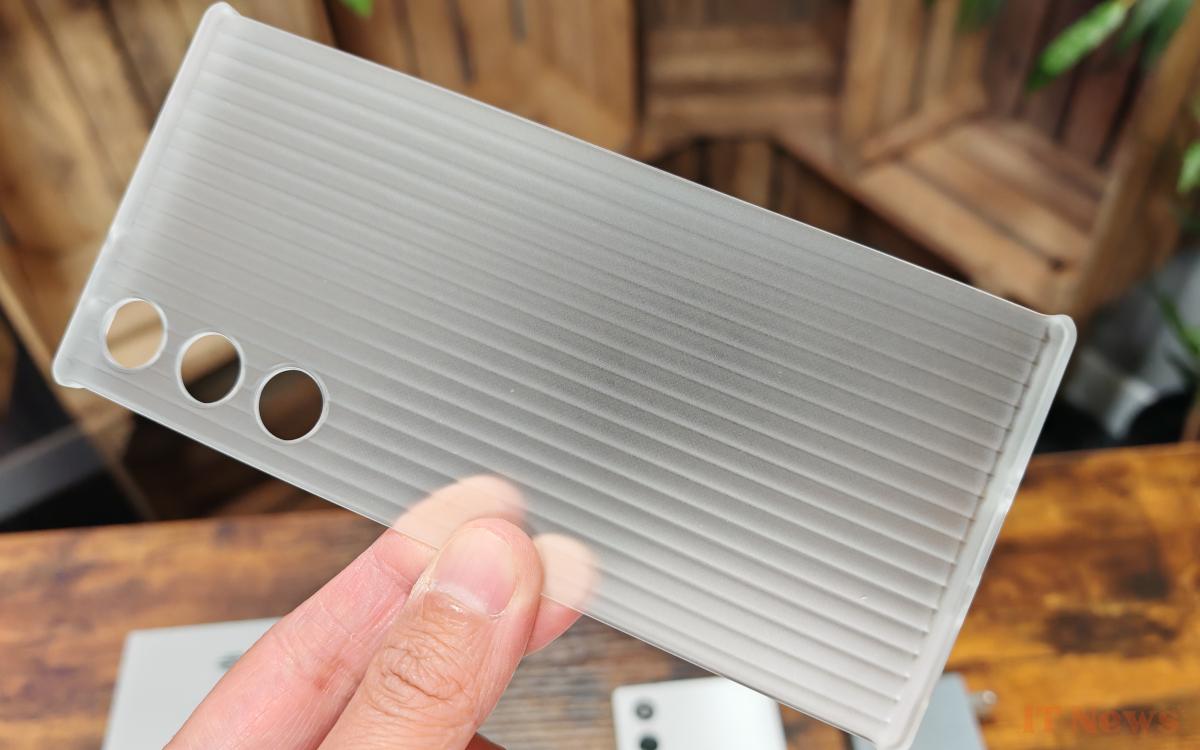
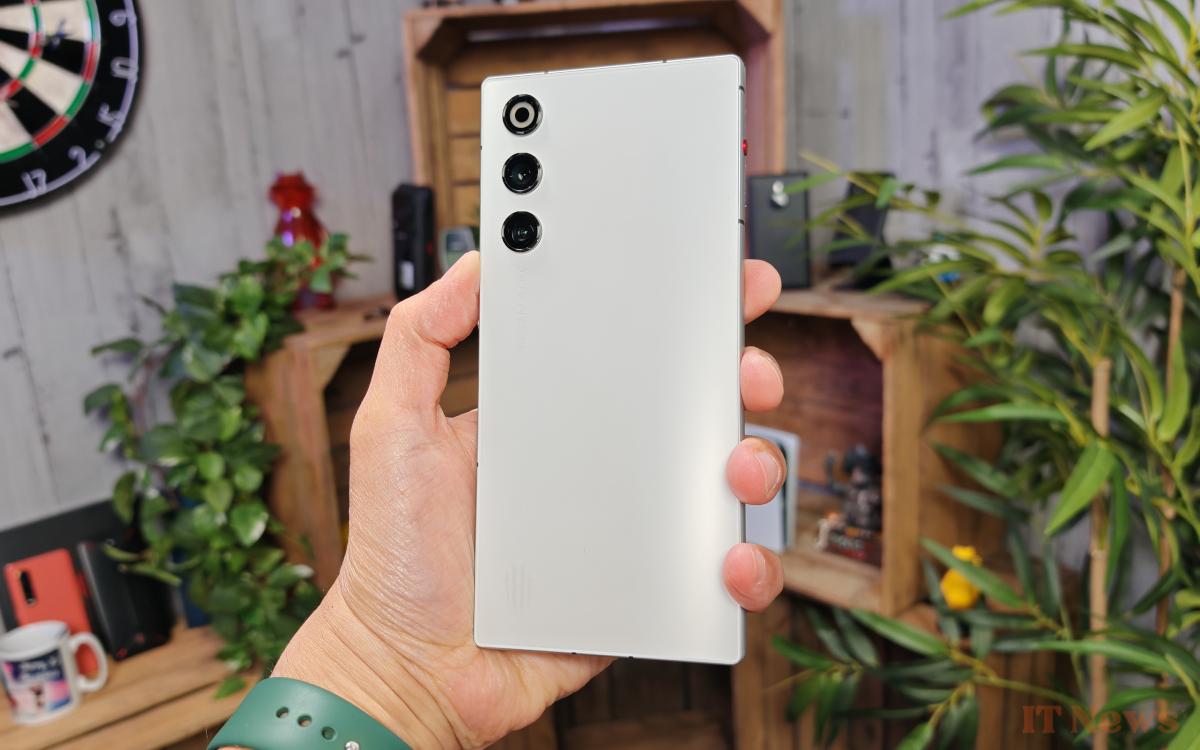


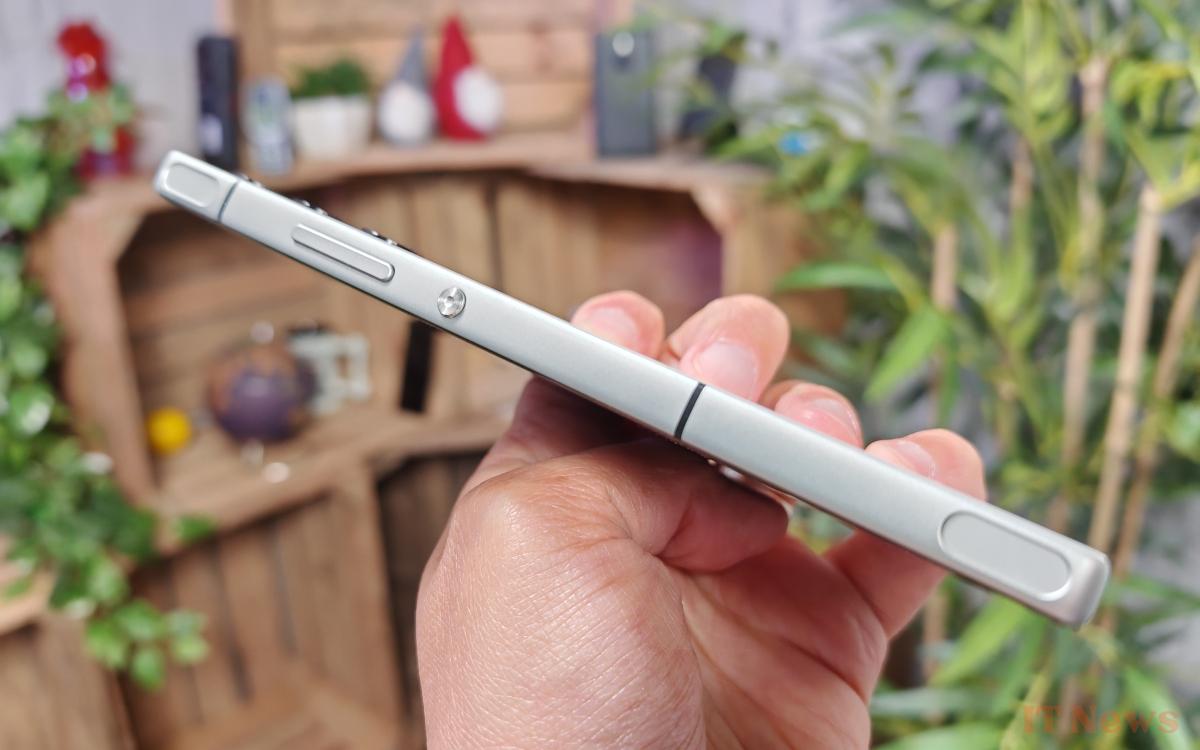
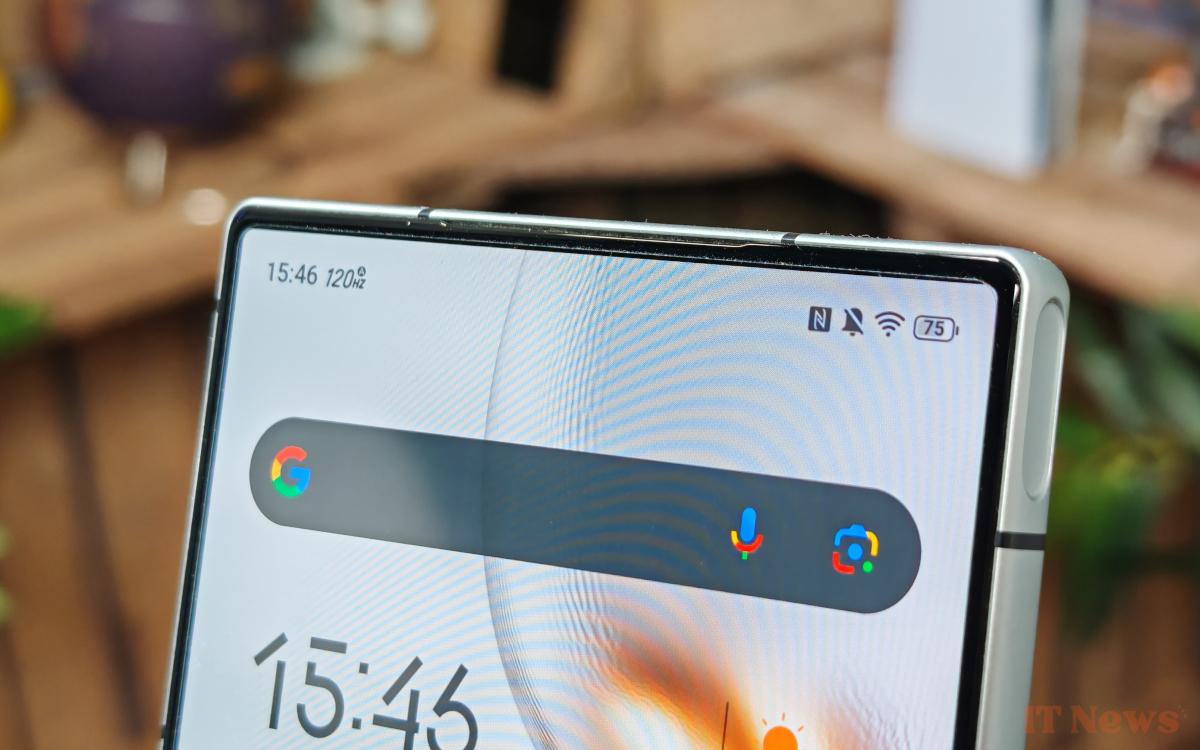
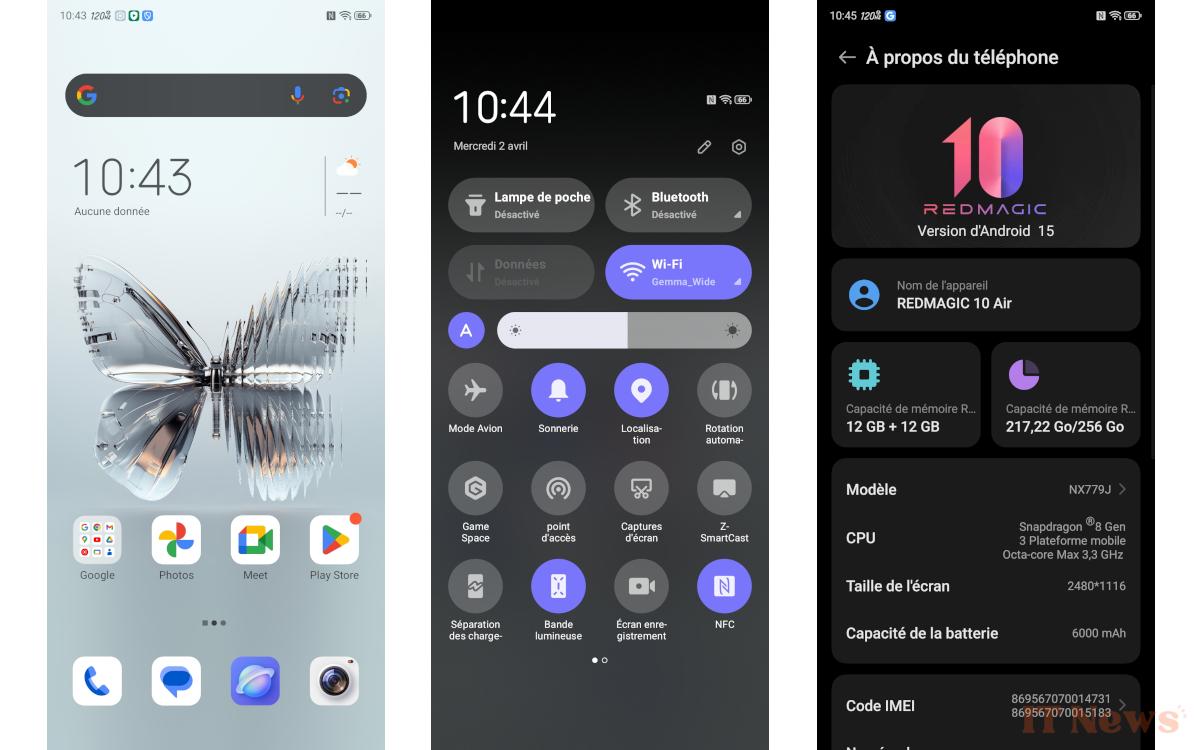
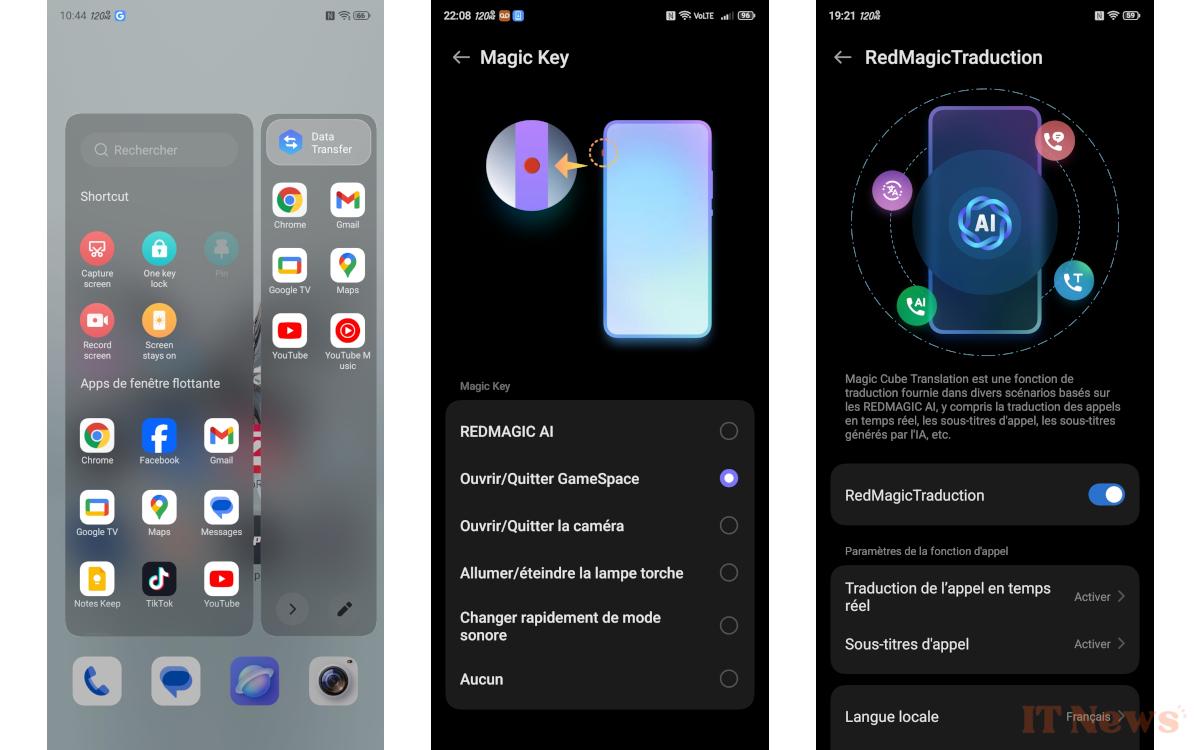
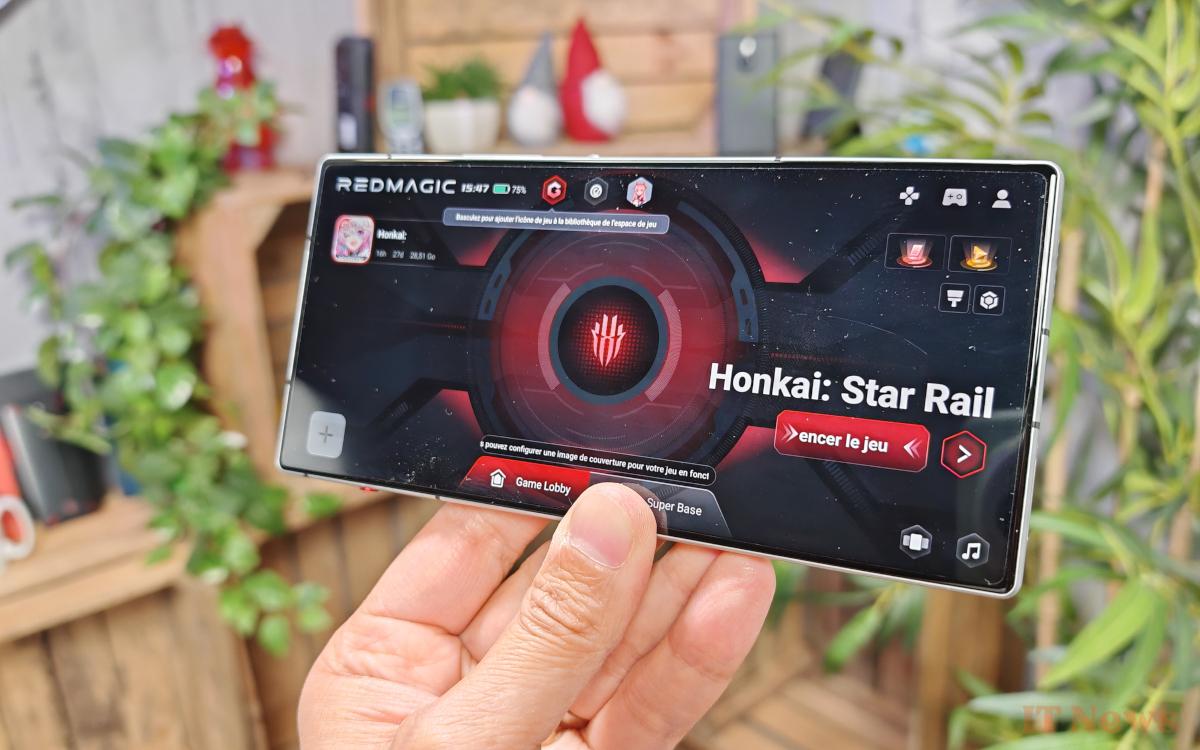
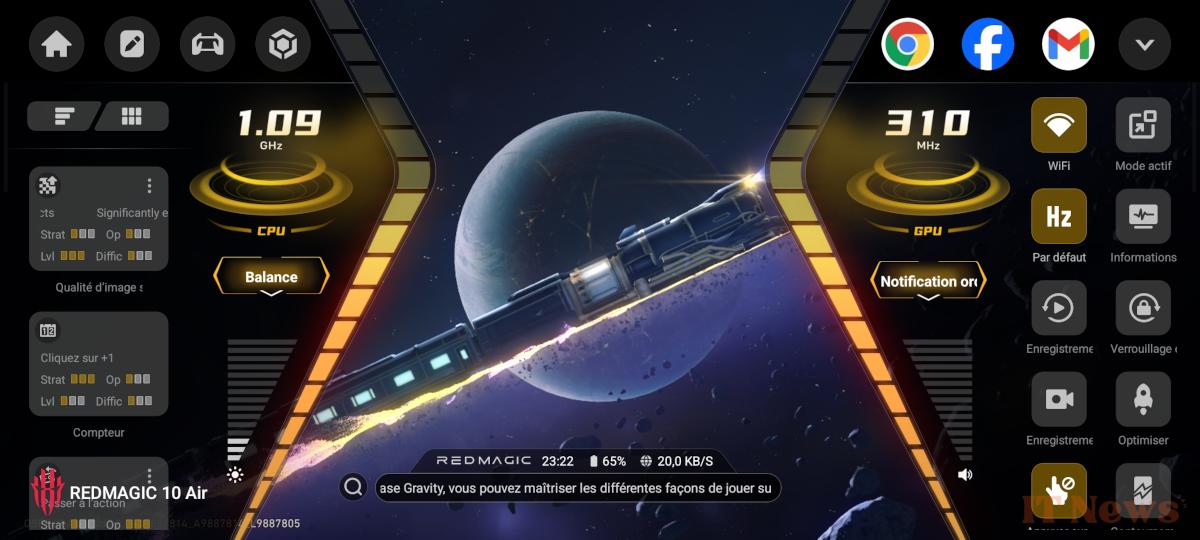
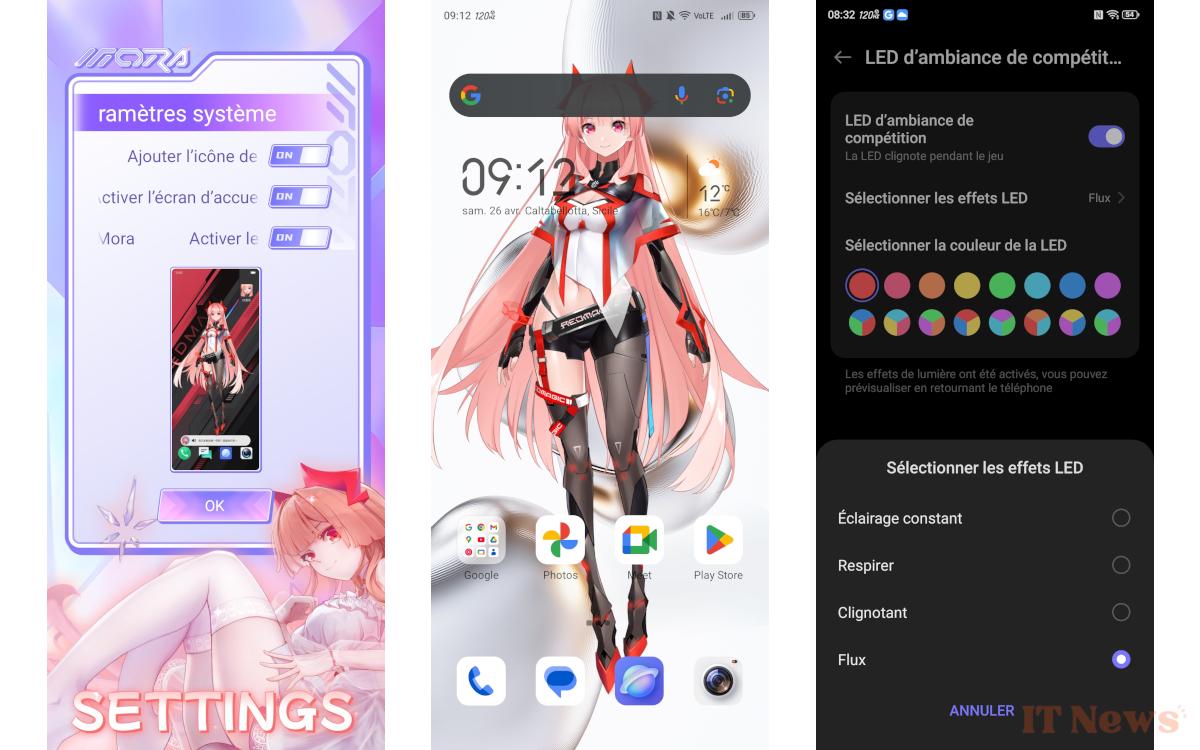
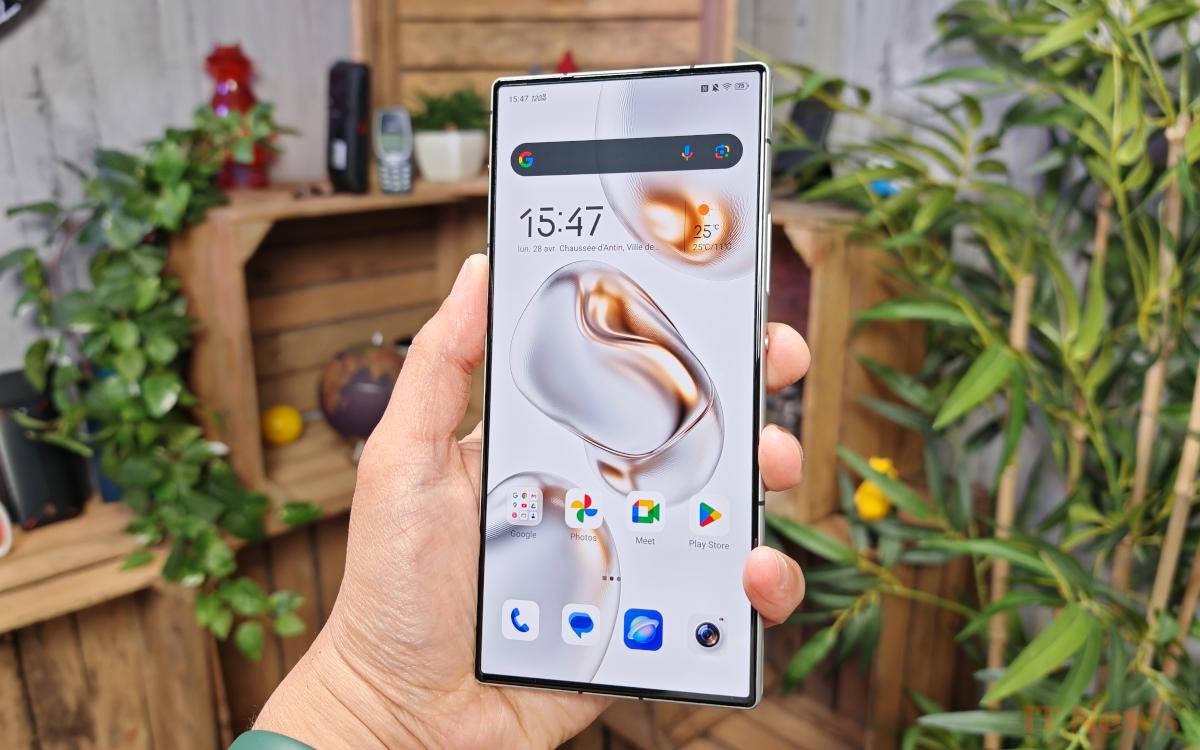
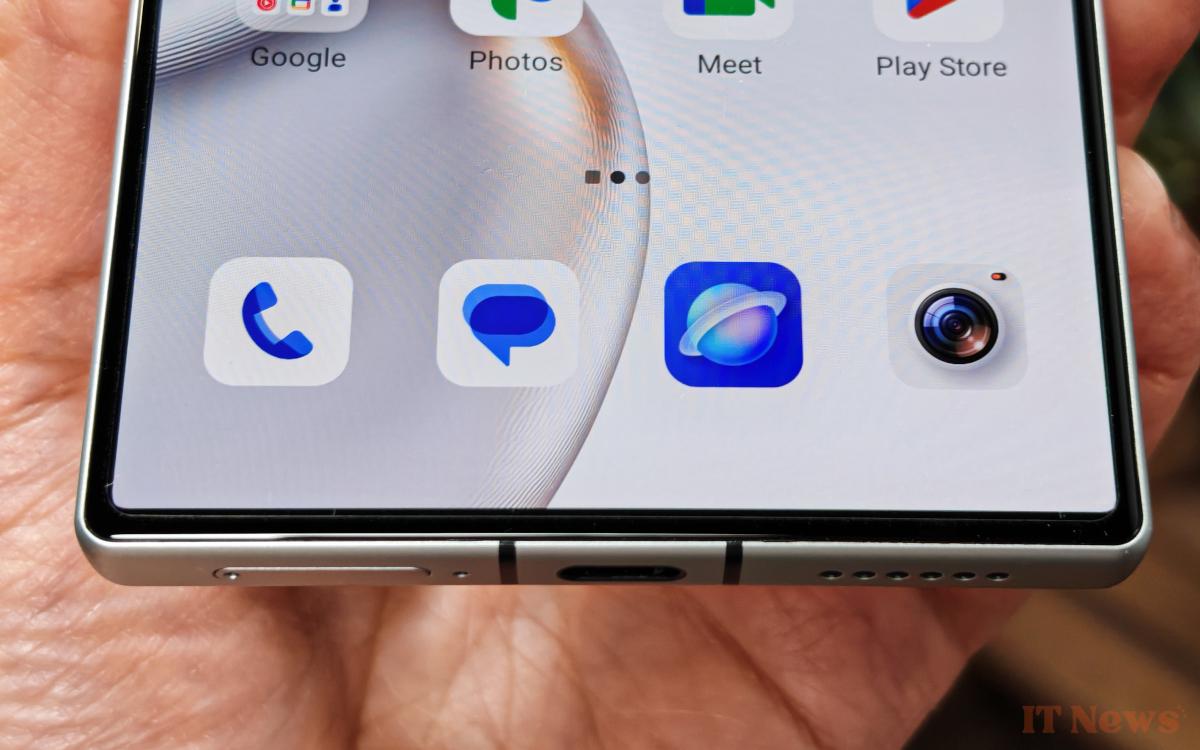
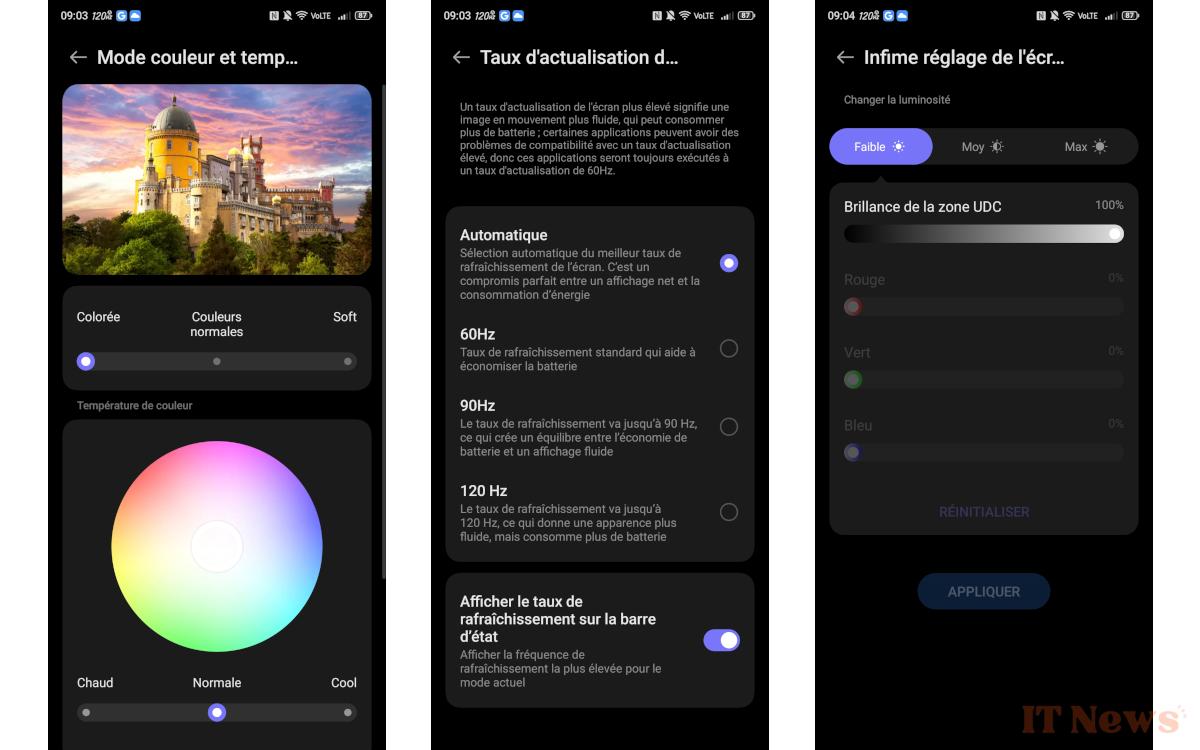
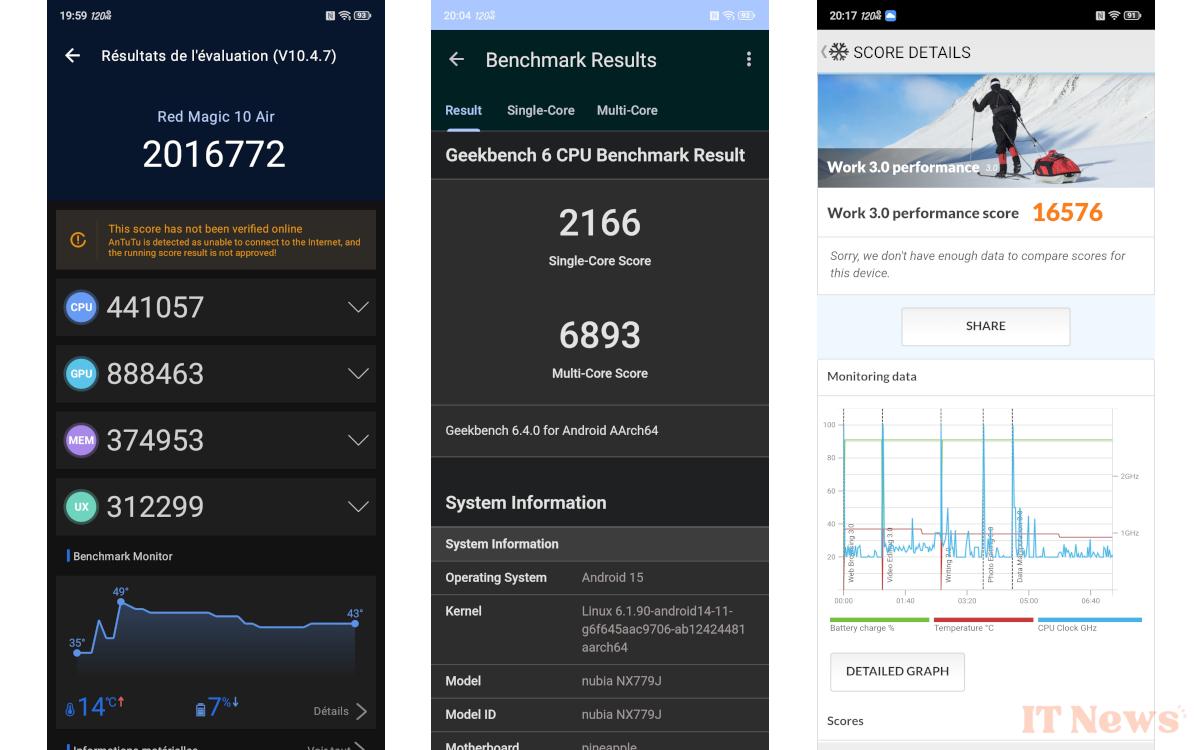
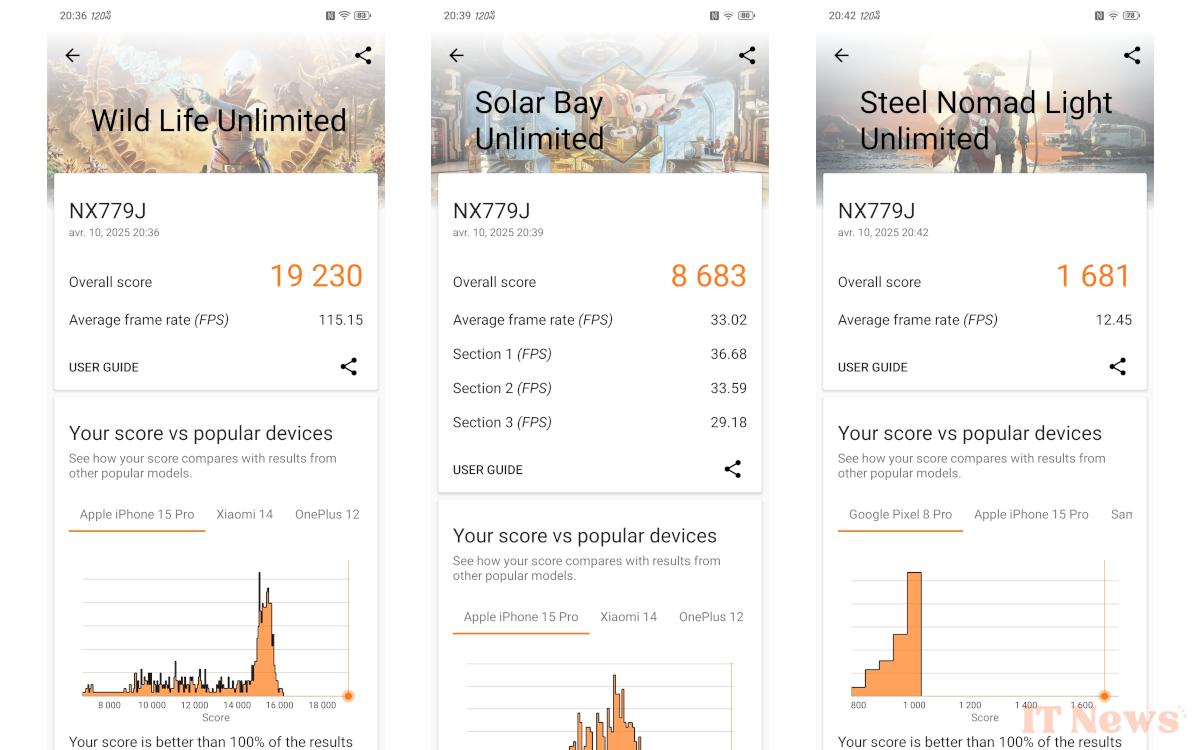
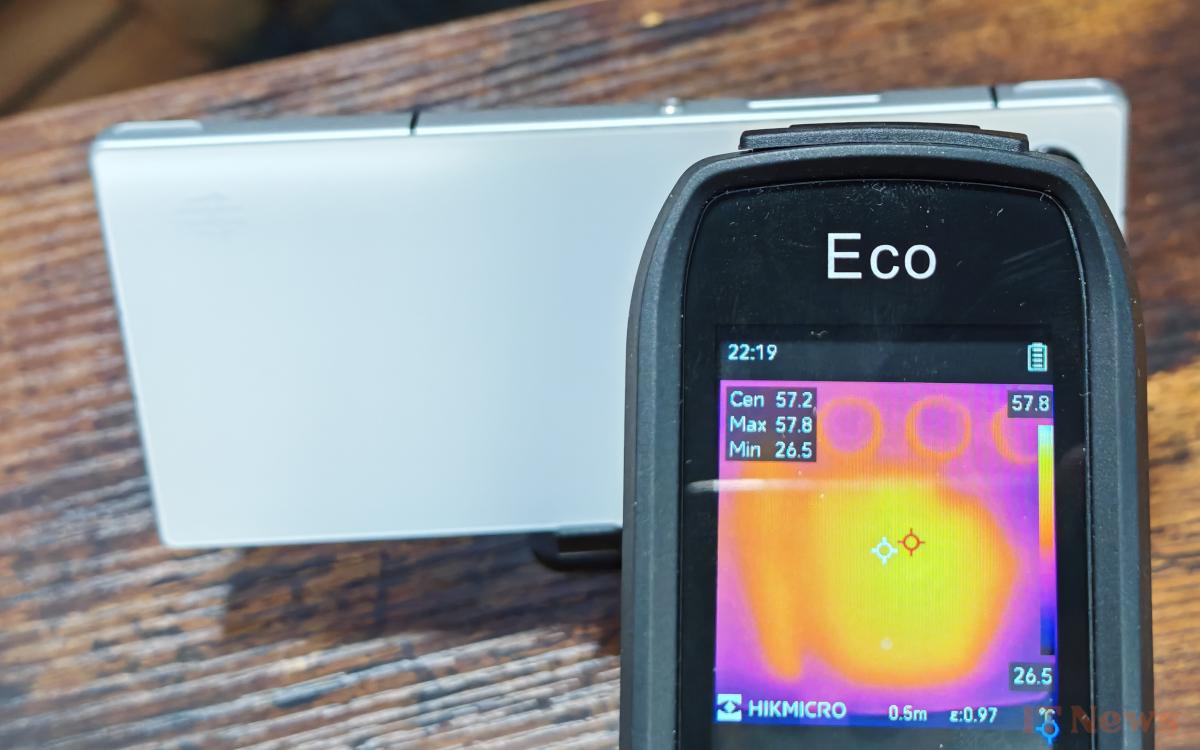
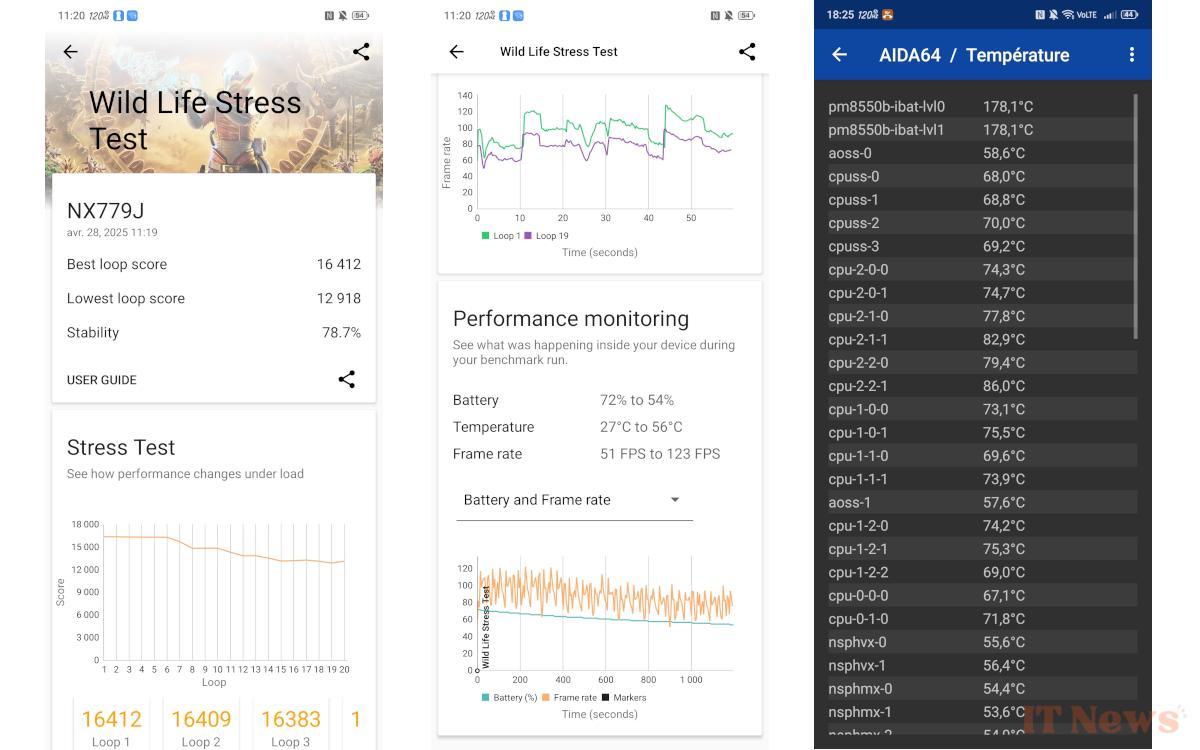
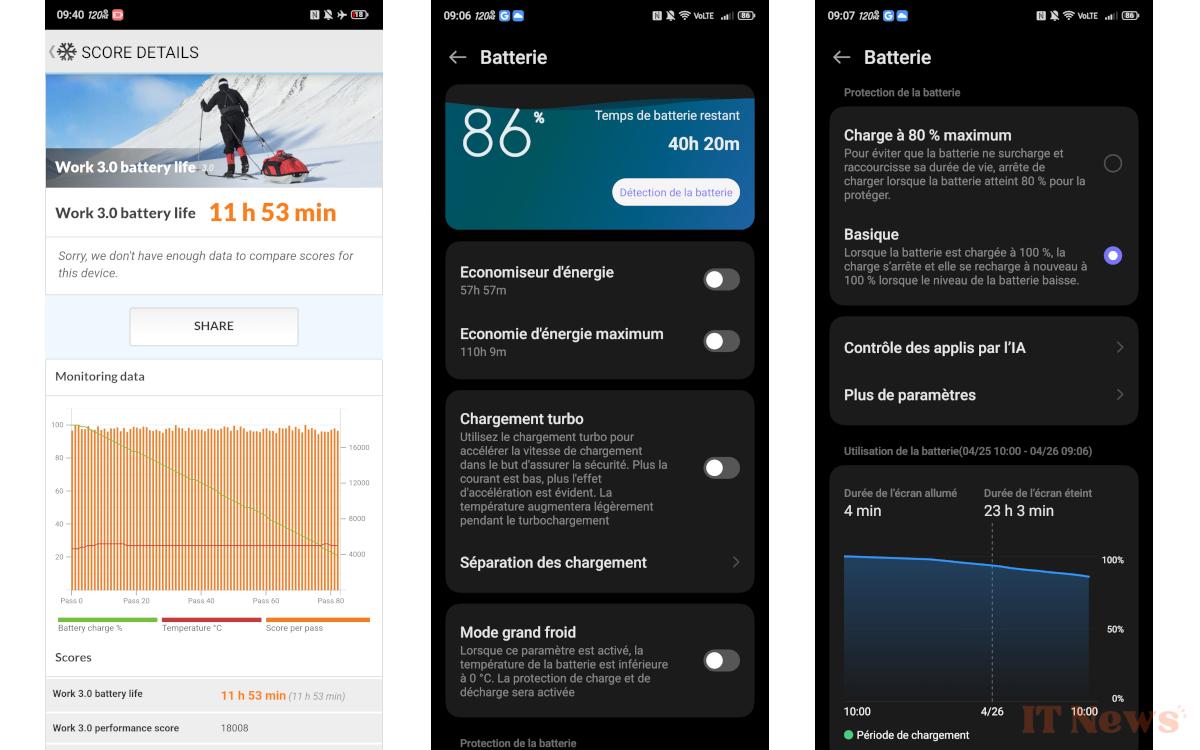
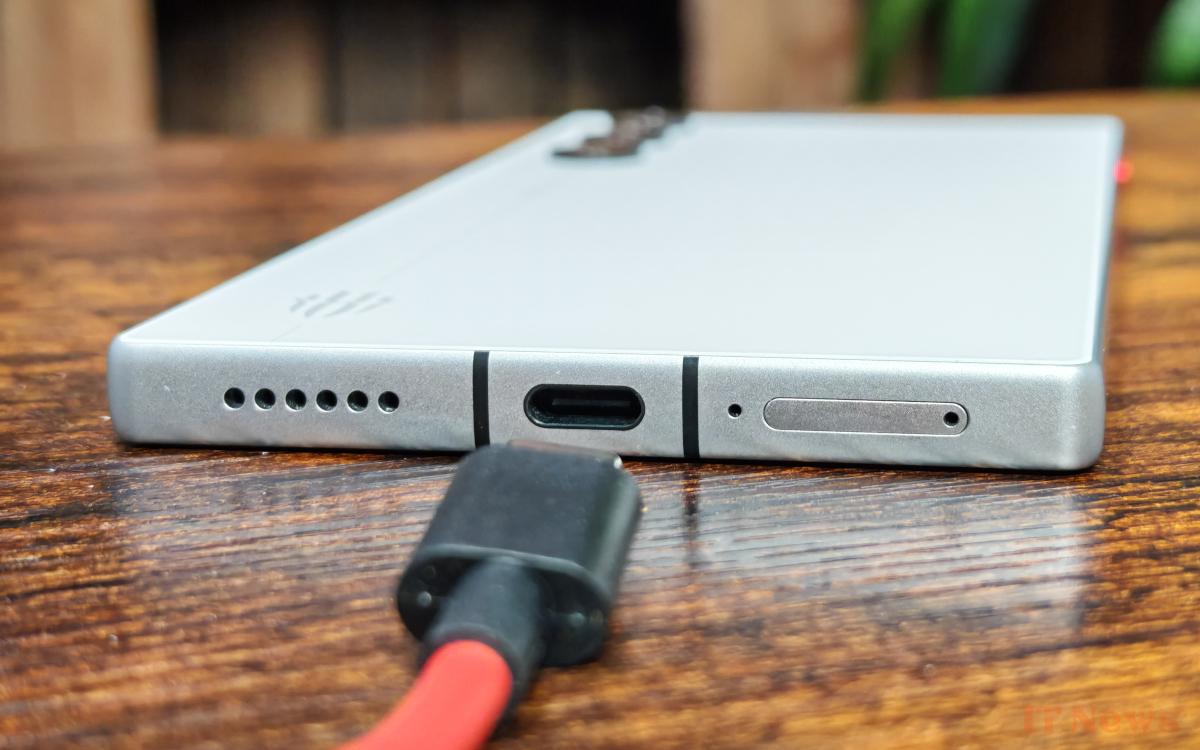
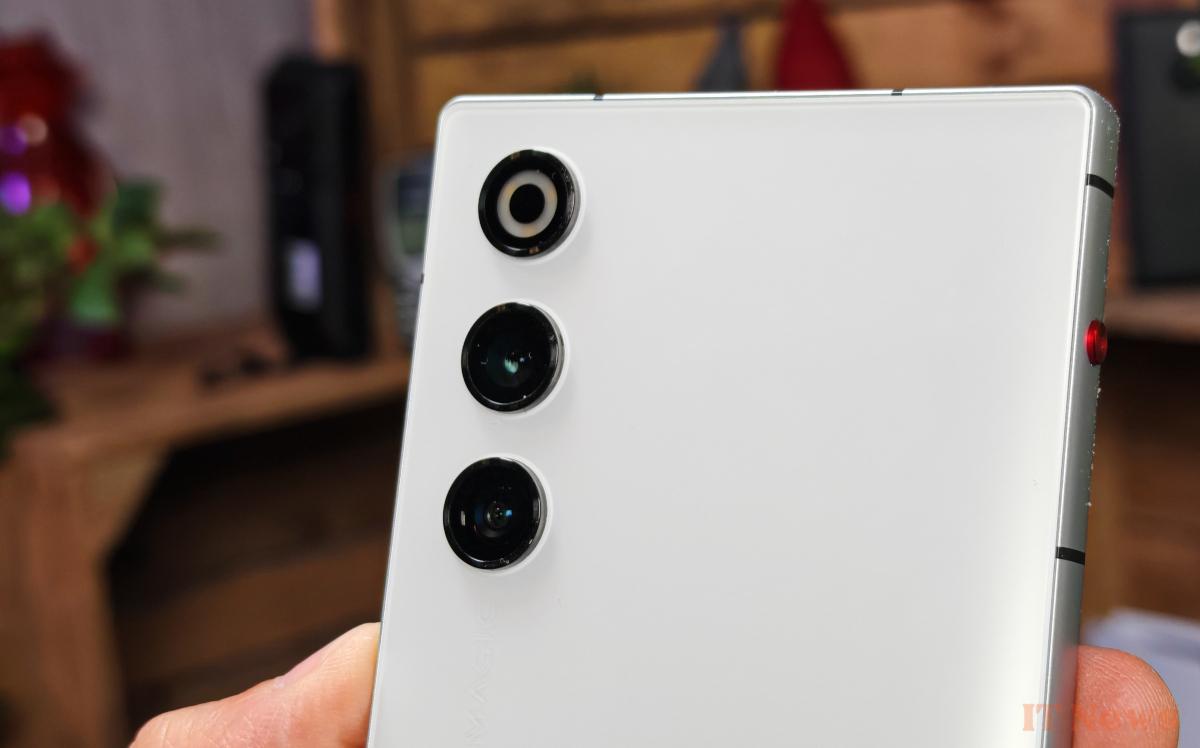
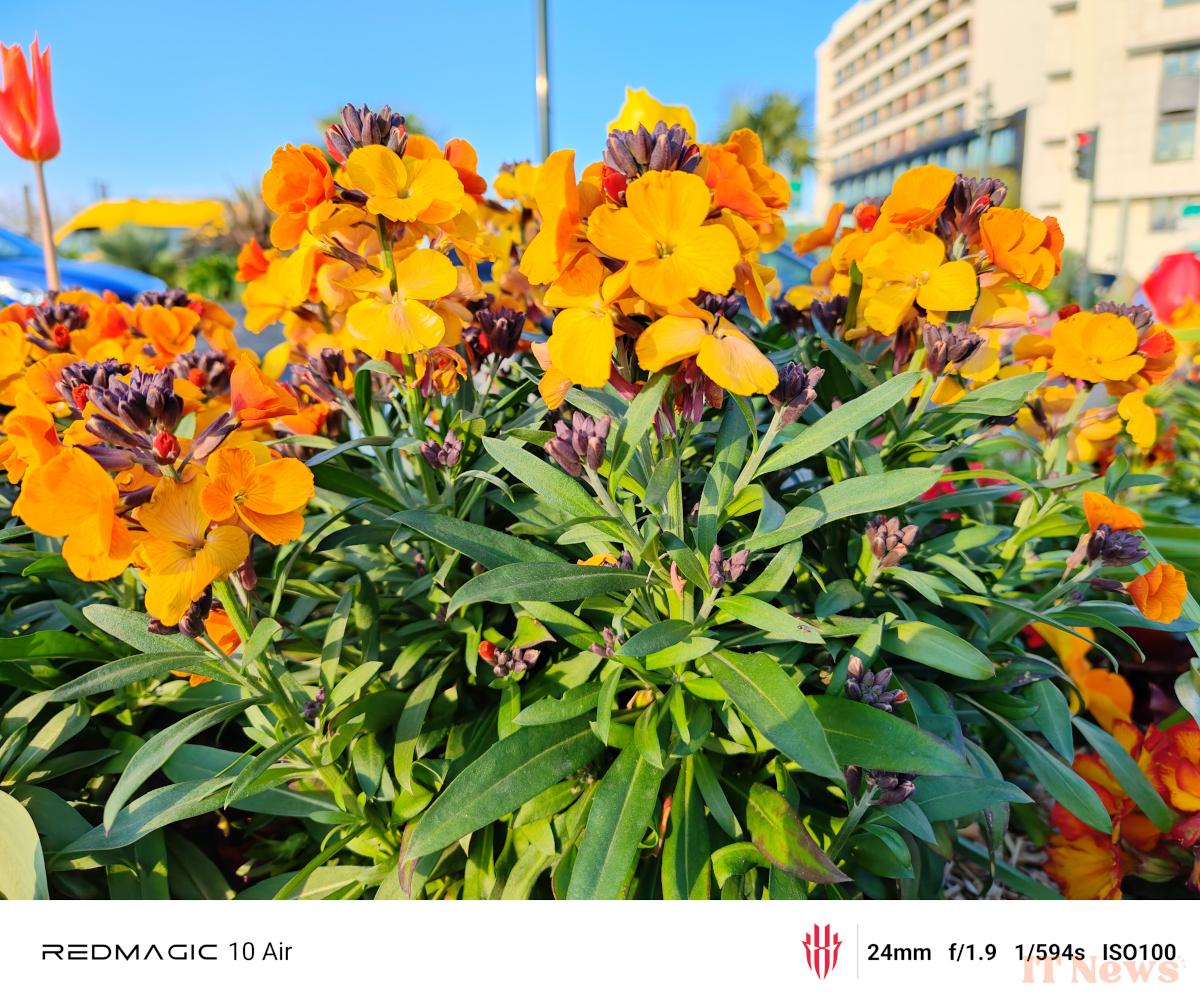

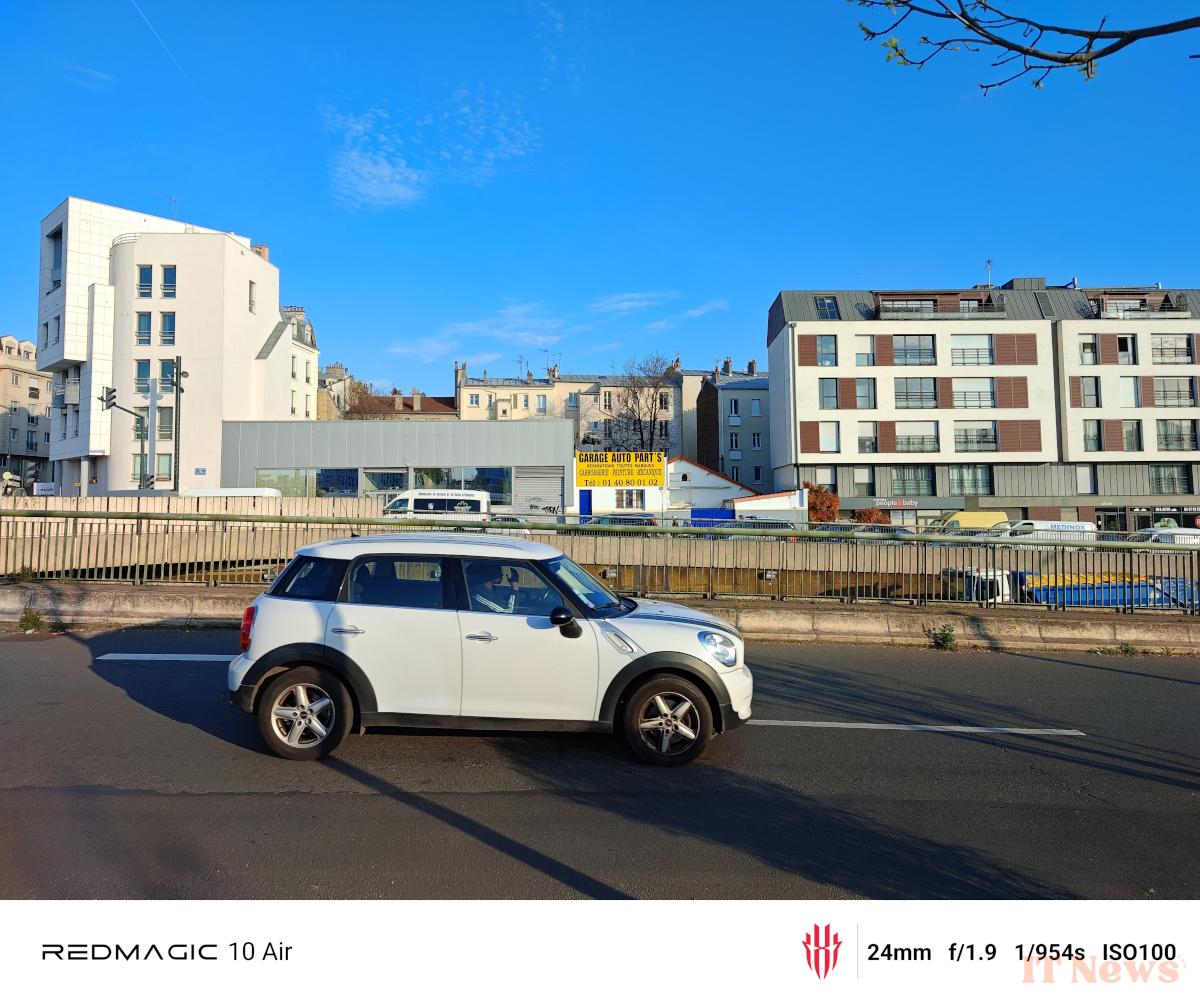
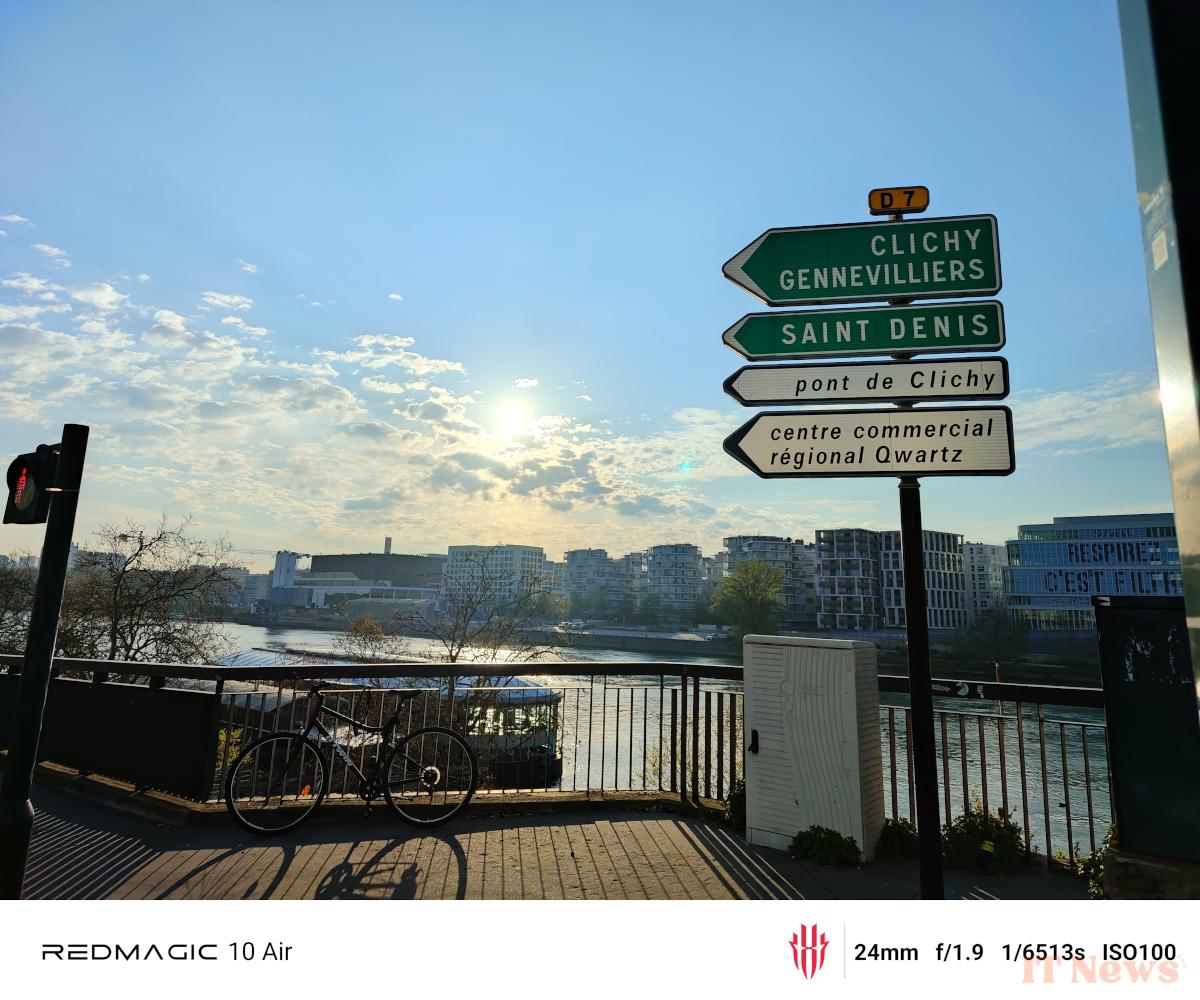

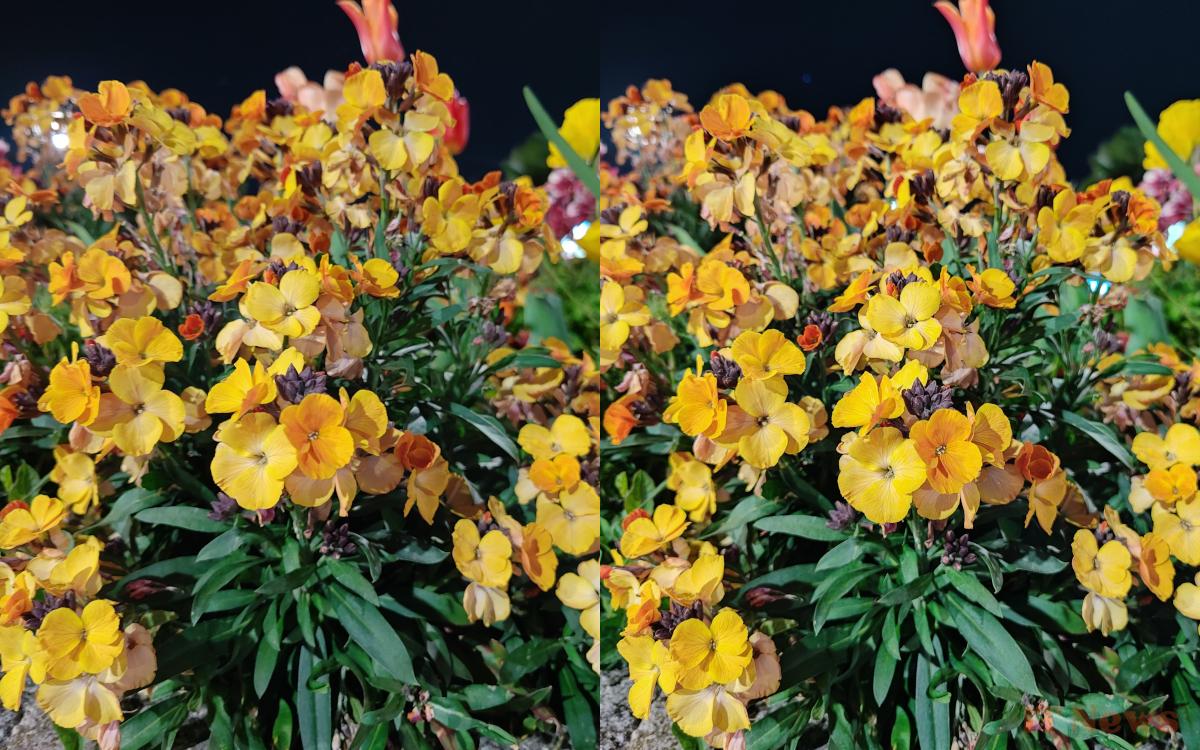

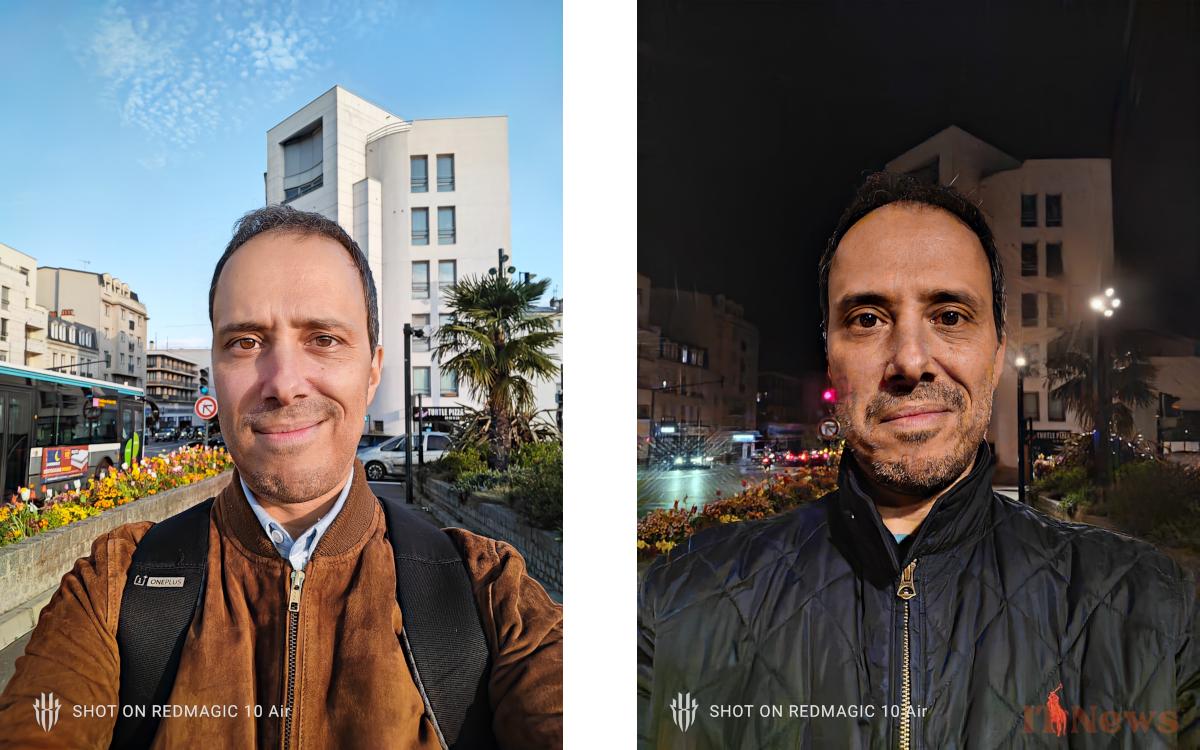
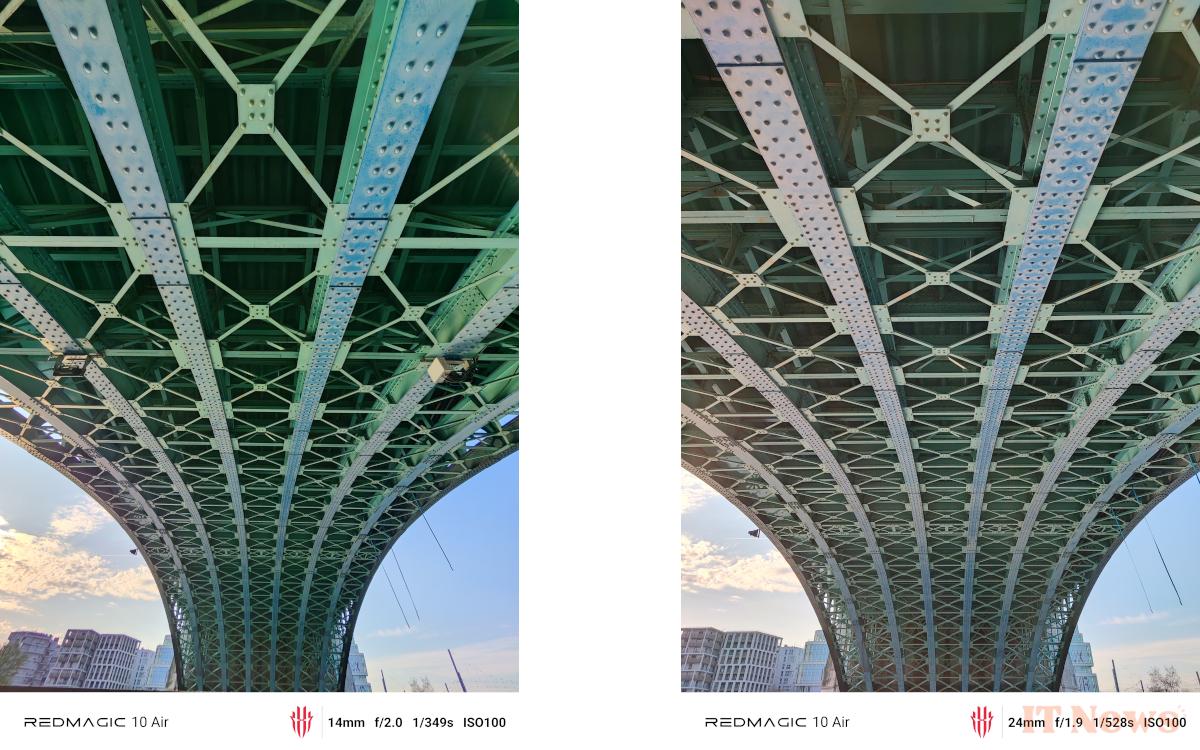



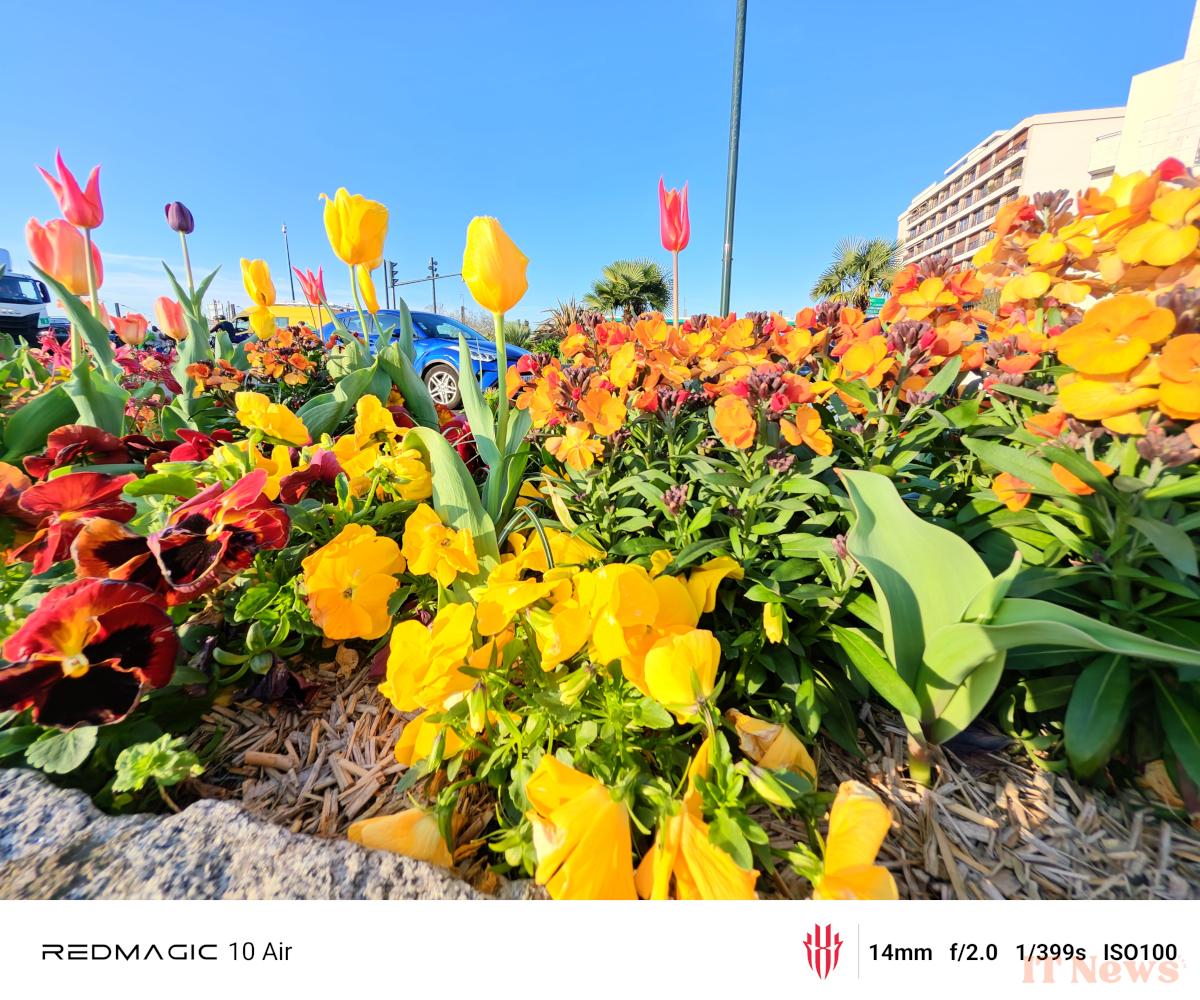
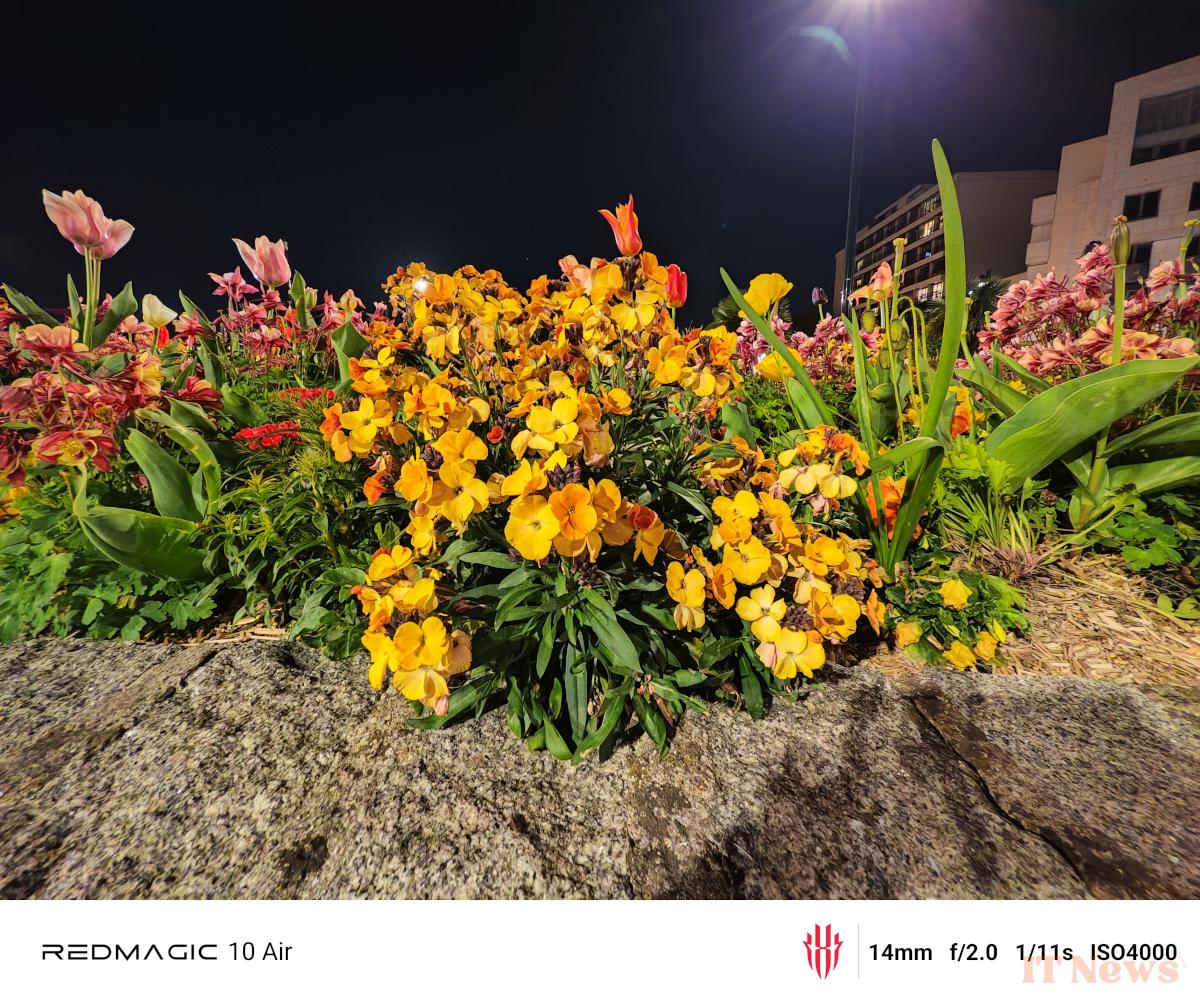


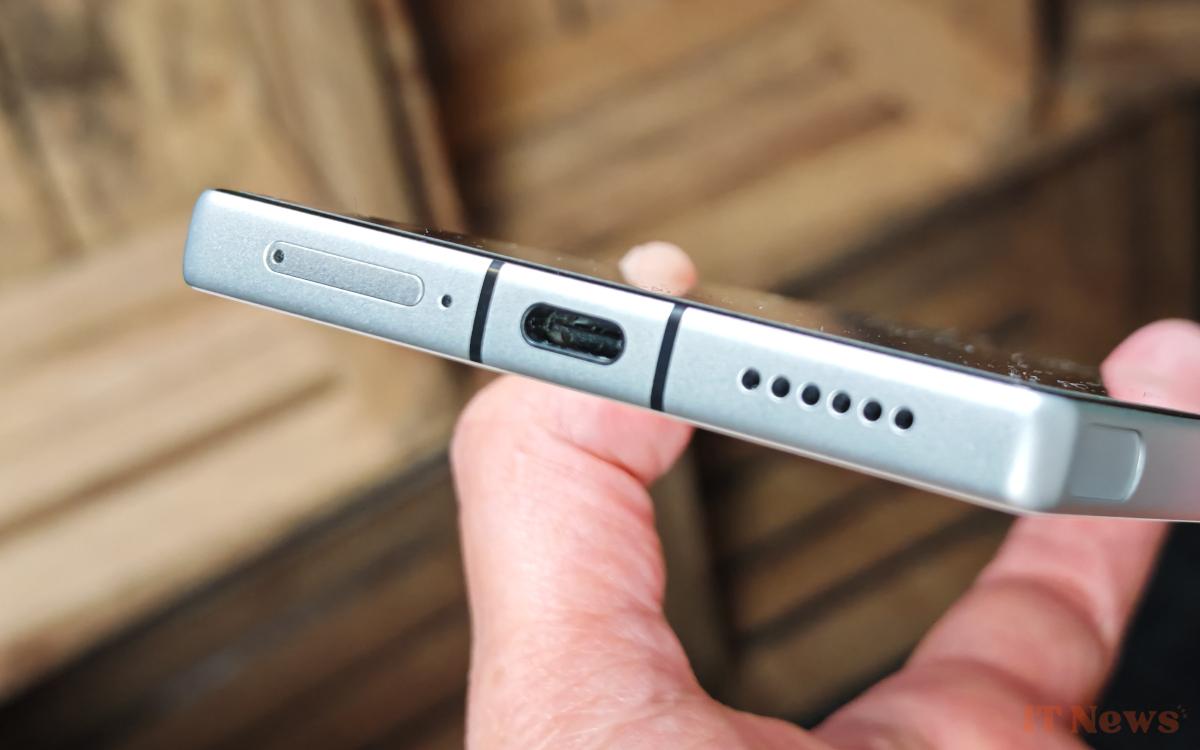
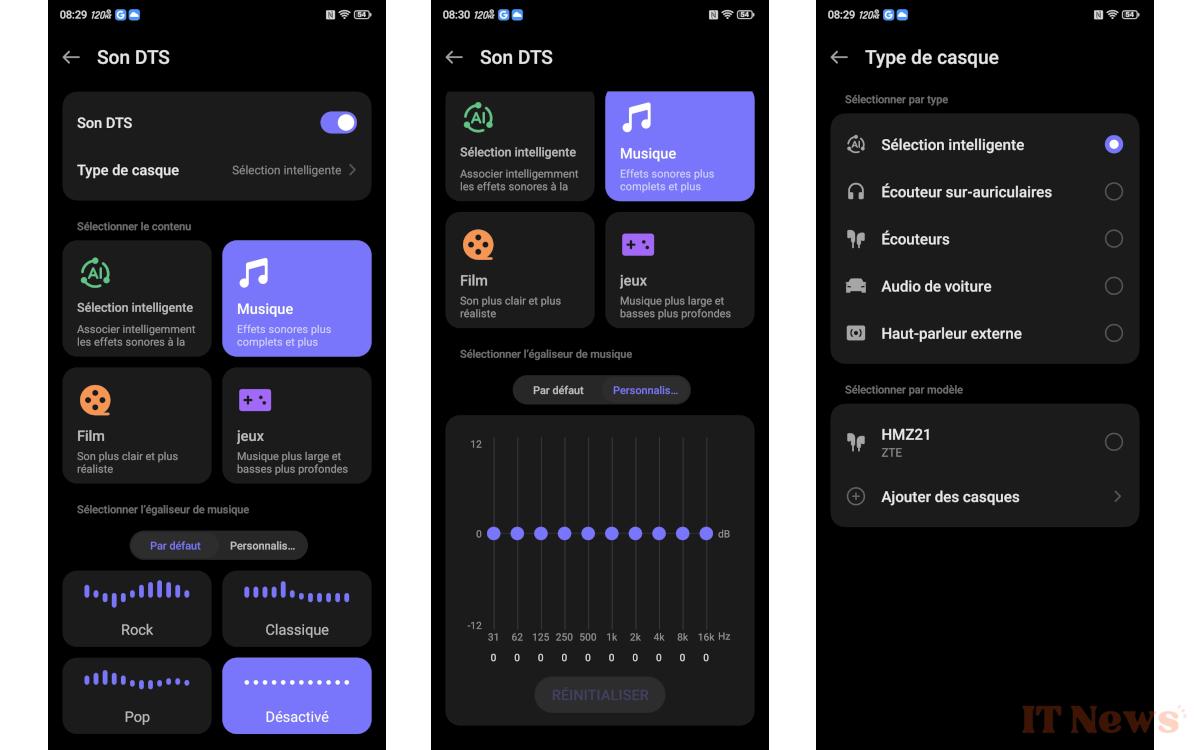

0 Comments